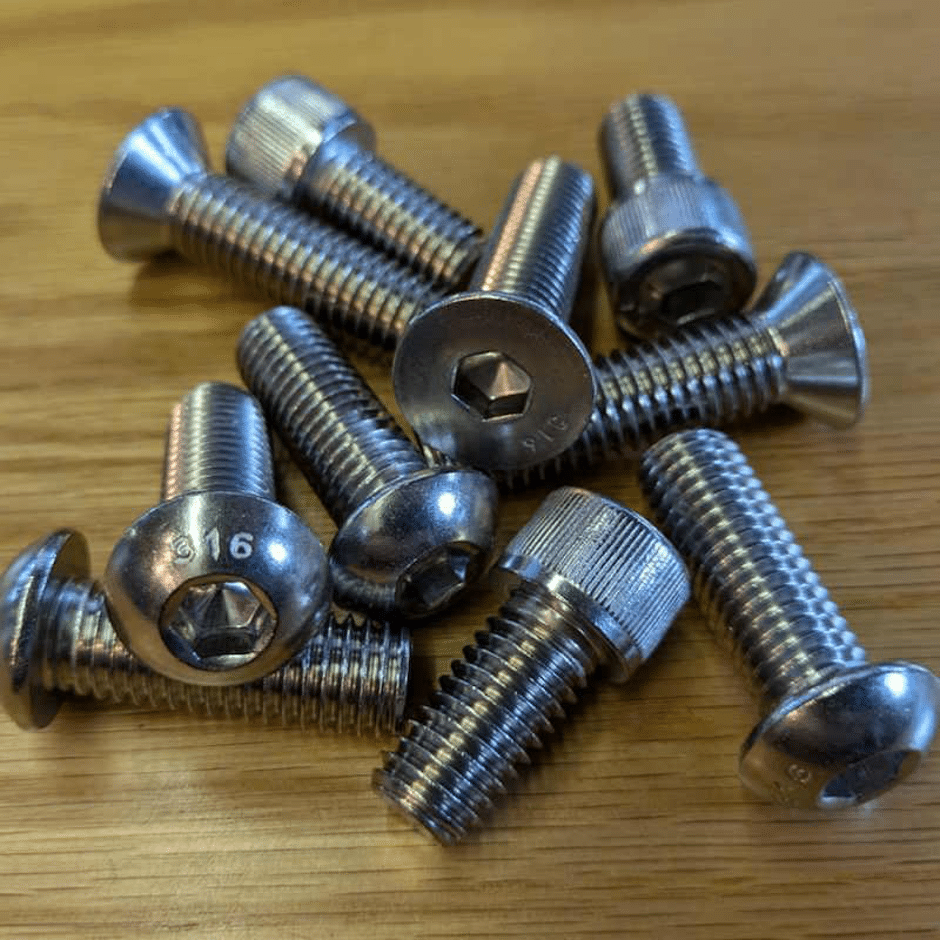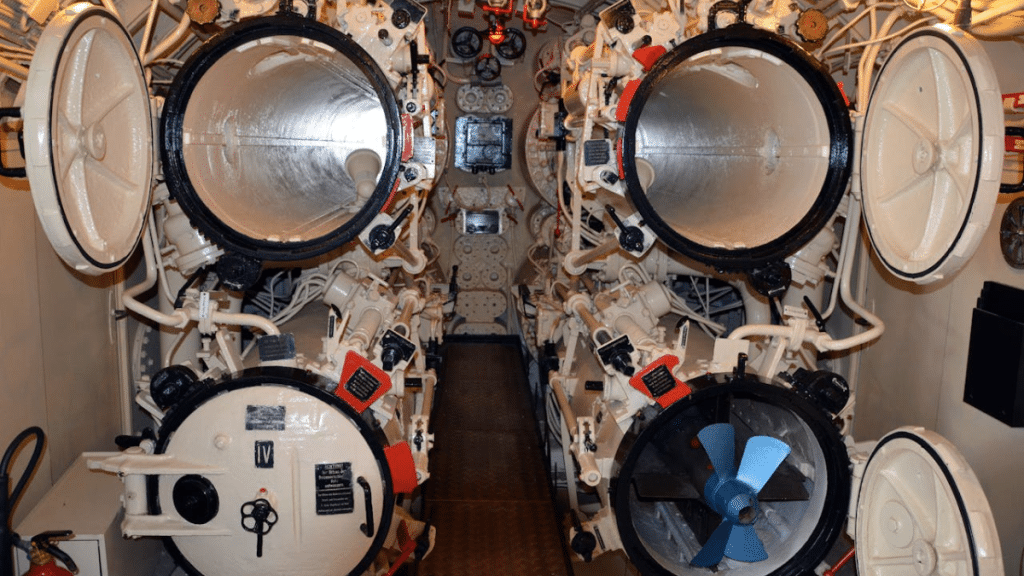In marine engineering, fasteners are of significant importance and necessity. They must endure extreme conditions involving constant exposure to humidity, dynamic temperatures, and saltwater. Which is why the 316 stainless socket screws are now the industry standard for use in various marine tasks and projects due to their high durability, strength, and corrosion resistance properties. Having said that, this article will delve into the numerous technical perks and suitability to extreme environments for guaranteed long-term performance.
What makes 316 stainless steel ideal for marine environments?
The chemical composition of Grade 316 stainless steel consists of an austenitic alloy with contents of iron, chromium (16-18%), nickel (10-14%), and molybdenum (2-3%). The additional contribution of molybdenum noticeably amplifies the steel’s resistance to crevice corrosion and pitting, proving an ideal pick for varied marine applications.
Key properties:
- Excellent heat resistance: This 316 stainless socket screws can endure extreme temperatures of up to 1,700°F (927°C), showcasing its high stability property even in harshest conditions.
- Non-magnetic properties: Its appreciable non-magnetic properties can be used in specific sensitive marine applications where low magnetism is required.
- Superior strength and durability: Stainless steel demonstrates high tensile strength, guaranteeing reliability even in stressful applications.
- Improved corrosion resistance: Unlike Grade 304 stainless steel, the 316 variants showcase far better resistance to chloride-induced corrosion, making it perfect for use in areas with prolonged exposure to saltwater.
Benefits of using 316 stainless socket screws

As compared to conventional fasteners, socket screws are easily differentiable due to their internal hex drive and cylindrical head, which presents various advantages:
Higher torque transmission
Socket screw’s hexagonal design facilitaes higher torque application when compared to other slotted screws or that with Philips, leading to a more secure and reliable fastening. This property is critical in numerous marine applications where movement and vibration are constant variables, so it must be ensured that the screws stay intact in its place.
Compact design
In contrast to standard hex bolts, stainless steel socket screw’s compact design uses lesser space, making them suitable for use in spaces with tight clearances, including ship components and engine assemblies. Their aerodynamic design enables an efficient assembly process, lowering the bulk while maintaining high tensile strength.
Resistance to vibrations and loosening
316 stainless socket screws stay securely fastened in its place irrespective of constant vibrations happening, thereby minimsing the chaces of mechanical failures in applied marine equipment, such as navigation systems and propellers. This incredible tolerance to loosening improves safety in high-risk applications, eliminating or lowering the need for frequent replacements or re-tightening.
Exceptional load-bearing capacity
These socket screws are crafted in a way to endure high stress and mechanical loads, proving to be ideal choice for structural marine applications. Their high capacity to take on heavy loads guarantees reliability in offshore platforms, mooring systems, and ship construction, where structural integrity is of prime importance.
Enhanced longevity in extreme environments
Thanks to their high resistance to corrosion, these stainless steel socket screws variants demand less or minimal maintenance, while offering longer lifespan unlike that of standard fasteners. Increased longevity leads to minimised operational downtime and cost savings since repairs and replacements are not as frequent.
Aesthetic and professional finish
Other than their many functional perks, these stainless steel fasteners also demonstrate a clean and polished look, making them an ideal pick considering both decorative and structural applications in marine environments. Their smooth finish can strongly endure staining and discoloration, thereby maintaining a professional appearance over time.
Common marine applications
The exceptional blend of unique properties, involving reliability, strength, and corrosion resistance makes Grade 316 stainless socket screws an ideal preferance for numerous marine applications.
- Boat and ship construction: These stainless socket screws can be used in decks, railings fittings, and hulls where high corrosion resistance is vital.
- Offshore oil and gas platforms: Necessary for fastening varied equipment with constant exposure to moisture and high salinity.
- Docking and mooring systems: Suitable for docks, gangways, and piers subjected to all-time water exposure.
- Marine electronics and equipment: The Incredible longevity of stainless steel is beneficial for use in sonar systems, navigation tools, and underwater cameras.
- Submersible pumps and valves: 316 stainless steel socket screws offers leak-proof fastening capacity when used in high-pressure underwater systems.
316 vs. 304 stainless steel: A comparison
While both Grade 316 and 304 stainless steels are a standard in various industrial applications, the 316 variant is distinct in marine environments thanks to its additional molybdenum content. So, here’s a quick comparison of the two:
| Feature | 304 Stainless steel | 316 Stainless steel |
| Cost | Lower | Slightly higher |
| Corrosion resistance | Moderate | Excellent |
| Saltwater suitability | Limited | Highly suitable |
| Strength | High | Higher |
| Longevity | Good | Outstanding |
Thus, for marine environments with continuous salt exposure, the one superior choice in 316 stainless socket screws fasteners with guaranteed increased longevity and minimal maintenance needs. While considering its excellent properties and varied applications, ensure to follow up with its installations and maintenance techniques for even more long-lasting performance.
